Submissions
Submission Preparation Checklist
As part of the submission process, authors are required to check off their submission's compliance with all of the following items, and submissions may be returned to authors that do not adhere to these guidelines.- El envío no ha sido publicado previamente ni se ha sometido a consideración por ninguna otra revista (o se ha proporcionado una explicación al respecto en los Comentarios al editor/a).
- El archivo de envío está en formato OpenOffice, Microsoft Word, RTF o WordPerfect.
- Siempre que sea posible, se proporcionan direcciones URL para las referencias.
- El texto tiene interlineado sencillo; 12 puntos de tamaño de fuente; se utiliza cursiva en lugar de subrayado (excepto en las direcciones URL); y todas las ilustraciones, figuras y tablas se encuentran colocadas en los lugares del texto apropiados, en vez de al final.
- El texto se adhiere a los requisitos estilísticos y bibliográficos resumidos en las Directrices del autor/a, que aparecen en Acerca de la revista.
Introduzione Introducción Introduction Introduction
editoriale plurilingueSaggi Ensayos Essais Essays
saggi non tradottiInterviste Entrevistas Entretiens Interviews
intervisteI Raccomandati Los Racomendados Les Recommendés Highly Recommended
Recensioni
works cited
Full list of works cited in every single AM IssueBibliografia Bibliografía Bibliographie Works cited
bibliografia generale del numeroNorme redazionali Normas redaccionales Normes rédactionnelles Stylesheet
stylesheetPrivacy Statement
I nomi e gli indirizzi email inseriti in questo sito saranno usati esclusivamente per gli scopi dichiarati di questa pagine e nel codice etico di AM.



